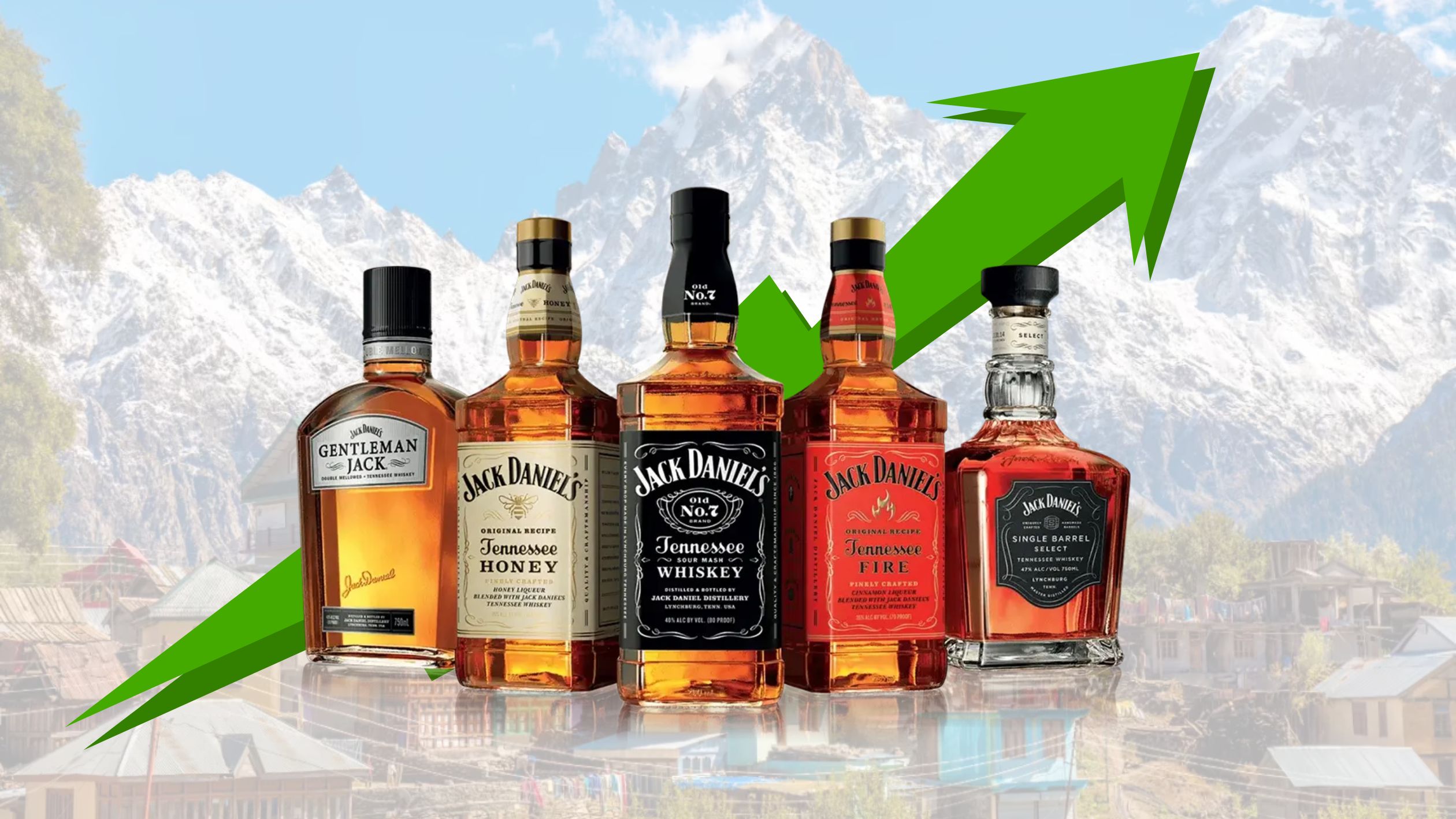History of Whisky: From Monastic Roots to Global Fame
2025-06-03


In an attempt to increase the flexibility and market orientation of the liquor business in Himachal Pradesh, the state government has made a substantial alteration to its liquor licensing framework.
Effective immediately, liquor contractors in Himachal Pradesh will be permitted to exchange 30 percent of their quota every quarter between Indian Made Foreign Liquor (IMFL) and Country Liquor (CL).
This new regulation, implemented under Sub-Rule 35A(30) of the Himachal Pradesh Liquor License Rules, was notified on November 11, 2025, and will be in effect for the financial year 2025-26. The exemption marks a major policy change for the state’s excise department, aimed at aligning with contemporary market materialization to limit waste, enhance profits for contractors, and ensure a more seamless supply for consumers.
LMV liquor contractors in Himachal Pradesh functioned under a strict quota system in which IMFL and country liquor were clearly segregated. Each liquor category had a set allocation, and contractors were unable to transfer or rearrange their allocations as demand patterns changed.
This created situations where the inventory of the liquor for which there was high demand (IMFL, for example) fell short while other categories faced correspondingly high unsold inventories because demand for that liquor (CL, for instance) was low. And this happened at precisely the same time in another region with correspondingly 'high demand' for IMFL and 'low demand' for CL.
All of this is happening, particularly because of the uptick in tourists during these times throughout the summer months and during local festival 'seasons' in the years prior.
This disconnection between the demand of consumers and government-regulating supply limitations frequently resulted in inefficiencies and fiscal stresses for those with a license. The new sub-rule provides a solution to that imbalance with a quota flexibility system.
This new provision allows liquor contractors holding both an IMFL and a Country Liquor license to convert up to 30% of their total quota between the two types each quarter.
However, this conversion is not automatic and must be approved through a formal application process.
Here’s how it works:
This structure ensures that while contractors gain flexibility, the state’s excise revenue remains stable and protected.
The new rule provides the flexibility that many have been asking for without eliminating any oversight. The Excise Department will still be tracking conversions to avoid abuse, underreporting, or avoiding license fees.
Additionally, in order to protect revenue, whenever a quota is exchanged, a fee will also be charged. This will provide the state exchequer with additional revenue, while also ensuring that contractors are making rational business decisions when electing to convert.
This 30% quota interchange is expected to bring multiple benefits to contractors, consumers, and the state government alike.
Contractors can now manage their inventory in real time according to consumer preferences. For example, we can see that if demand for IMFL increased in areas like Shimla, which has a lot of tourists, then a contractor could take part of their Cl quota and reduce their stock of IMFL and improve their sales, but also limit their waste.
In the past, contractors were often at a loss when they could not use their liquor quotas, especially in areas with an expressed preference for one category. Directly swapping quotas helps resolve this historical problem.
The conversion process comes with additional fees and ensures full utilization of licenses, both of which contribute to the state’s excise revenue.
Himachal Pradesh contains a mixed consumer base for liquor. Generally, residents in rural regions buy more country liquor, while the urban and tourist sections are more inclined to purchase IMFL. Under the new policy, the contractors would have the ability to respond to demand fluctuations faster, resulting in better consumer satisfaction.
By allowing partial flexibility within an otherwise controlled framework, the government reduces administrative bottlenecks while maintaining transparency and regulatory oversight.
In Himachal Pradesh, liquor generates a substantial portion of the state’s revenue, typically attributed to excise, on an annual basis. Tourism remains one of the most significant contributors to the state’s economy, thus creating a need for an ongoing balanced supply of both IMFL and CL, which can sustain local business and state revenue.
This policy also mirrors a trend occurring in other states across India, as governments have been increasingly modernizing their excise systems to become more responsive to the marketplace and the realities of business.
Although responses from the umbrella contractor associations have not yet been released at this time, the initial feedback from the contractor community appears to be positive.
Contractors believe the new flexibility will help ease operational strain, especially in areas where urban and rural consumption trends diverge considerably.
According to experts, the idea could also provide a range of flexibility for other states to focus on efficiency, without providing less oversight than existed previously.
Once this sub-rule is in effect, the Himachal Pradesh Excise Department will observe closely how the quota swap impacts market functioning and state revenue.
Assuming a high level of efficiency, this could pave the way for other Indian states to adopt similar measures, creating consistent regulatory conditions, business flexibility, and consumer preference.
Read also: Ranveer Singh Launches Rangeela Vodka - A Homegrown Spirit That’s as Bold as He Is
The decision by Himachal Pradesh to permit a 30% quota swap between country liquor and Indian Made Foreign Liquor has taken a step forward in reforming its liquor policy. While still within the realm of control, it has made the state's excise system more efficient, equitable, and responsive to market conditions for all parties: the state, contractors, and consumers.